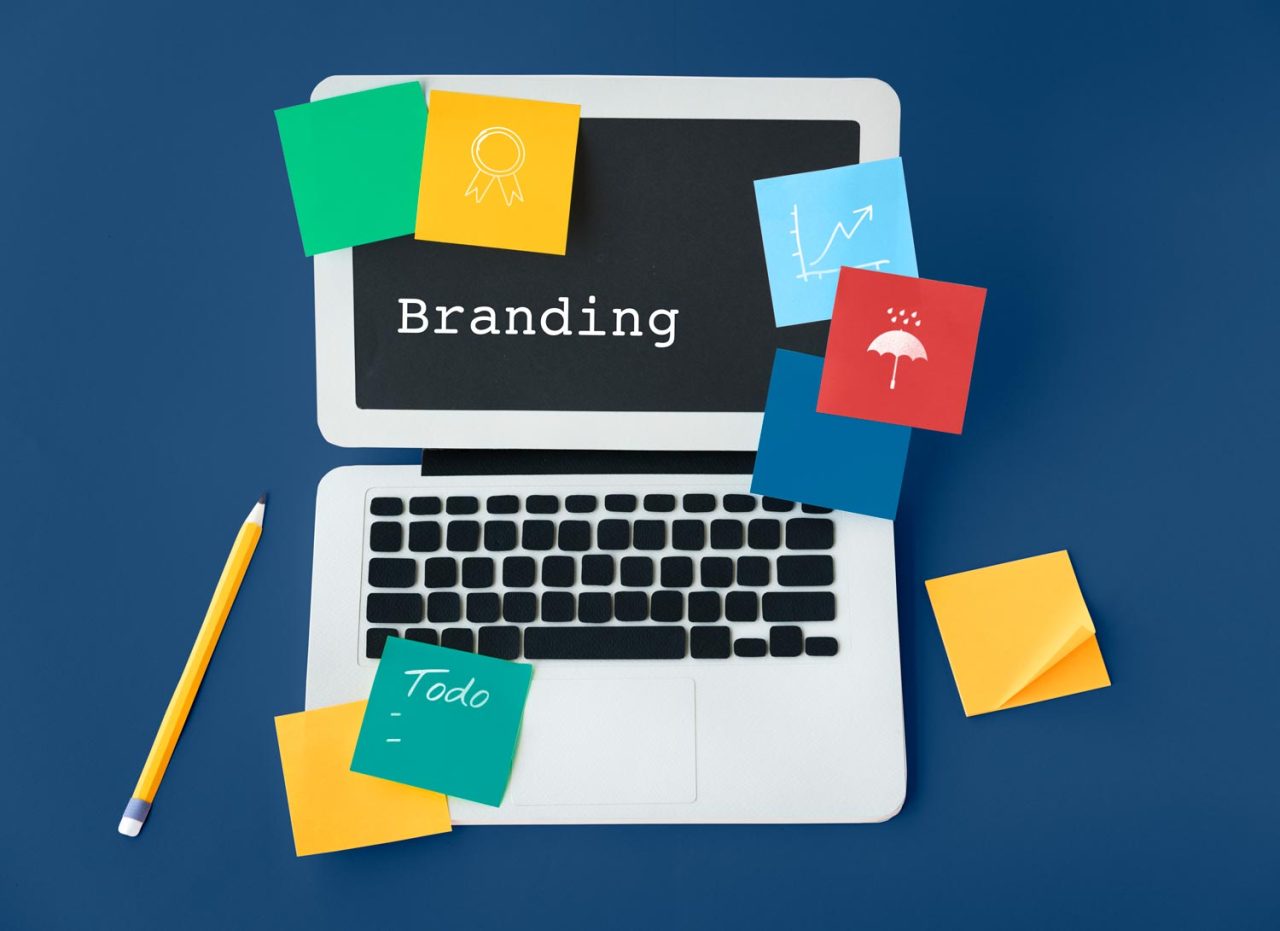Let’s go ahead and say what nobody wants to admit: bland branding is the silent killer of modern business. It doesn’t kick down the door with flashing lights and a siren. It just quietly puts your business to sleep in front of potential customers and then slips out the back door before you realize what happened.
The good news? It’s not terminal. The bad news? It’s probably already happening—and the symptoms are things like “zero engagement,” “nobody remembers the name,” and “your logo looks like someone built it in PowerPoint during lunch.”
Now, I get it. Being safe feels… well, safe. No angry emails. No risky copy. No awkward glances at the Chamber of Commerce breakfast. But safe marketing isn’t actually safe—it’s just invisible.
The Beige Parade
If your brand were a flavor, would it be unseasoned rice? If your homepage were a dinner guest, would it get invited back? Be honest.
Somewhere along the line, businesses started confusing “professional” with “boring.” And while there’s nothing wrong with clean, polished branding, the problem starts when everything looks the same. Same font. Same phrasing. Same stock photo of the guy in a blazer laughing at a laptop for no reason.
Safe branding plays by the rules—but here’s the problem. The rulebook was written back when AOL CDs were still showing up in the mail. In today’s scroll-happy, attention-deficit world, nobody’s stopping for beige. They’re stopping for bold.
Bland Costs More Than You Think
There’s a secret tax that comes with boring branding. It doesn’t show up on the budget, but it hits just as hard. It’s the tax of being forgettable.
When your message blends into the digital wallpaper, it doesn’t matter how good the service is or how long the business has been around. People don’t engage with what they don’t notice. A dull brand may still get traffic, but it’ll bleed conversion like a cracked bucket.
It’s the equivalent of showing up to a Mardi Gras parade in a beige turtleneck whispering, “Y’all want some beads?” No one hears it. No one remembers it. And someone else with a glitter cannon just stole your crowd.
The Overthinking Spiral
Safe marketing is often the result of over-editing. Someone writes something with a spark, and then three people touch it—legal, branding, the guy from accounting—and suddenly that punchy line about shaking things up turns into: “We offer tailored solutions aligned with your evolving needs.”
Yawn.
If a message reads like it came out of a boardroom blender, it probably did. That’s how brands end up with taglines like “Innovating Excellence Through Synergy.” What does that even mean? It could be a tech firm, a law firm, or a protein shake. Who knows?
The Social Media Ghost Town
Social media punishes boring. Algorithms are little drama queens. They want emotion, reaction, and movement. If your brand is posting graphics with navy-blue borders and a quote from Thomas Edison every Tuesday, just know the only thing engaging is the “unfollow” button.
Brands that take themselves too seriously online get left behind. The ones that win are weird, honest, human, or—at the very least—self-aware. You don’t have to be a meme factory, but a little personality goes a long way.
If your audience can’t tell the difference between your page and an HR onboarding slideshow, something’s wrong.
The Fear of Offending… Everyone
One of the biggest reasons brands go bland is fear. Fear of saying the wrong thing. Fear of standing out. Fear of someone, somewhere not liking the vibe.
Here’s the truth: someone is going to dislike the vibe. That’s inevitable. Great brands repel the wrong people just as much as they attract the right ones. That’s how tribes are built. If no one feels strongly one way or the other, the brand becomes like plain toast—technically edible, but no one’s lining up for it.
How to Ditch Bland Without Going Bananas
You don’t have to light your logo on fire and start quoting Shakespeare in your ads. You just need to start sounding like someone real. Inject some humor. Use your actual voice. Talk to people the way you’d talk if you were standing in front of them—not like you’re narrating a corporate training video.
Your visuals matter too. Ditch the stock photography graveyard and show real stuff. Real faces. Real moments. Real stories. People are hungry for anything that looks and feels like life—not polished plastic.
Most importantly, pick a lane. Be bold. Be heartfelt. Be quirky. Be deadpan. But don’t try to be all of them at once. Confused brands don’t get fans—they get skipped.
Final Note Before You Go Rebrand the Whole Thing
If you read this and thought, “Dang… that might be us,” don’t panic. The fix isn’t about being louder—it’s about being clearer. Being intentional. Saying something that matters, and saying it like you mean it.
A brand should feel like a person people want to be around. If it’s too stiff, too rehearsed, or too generic, it becomes background noise in a world already buzzing.
Take a chance. Loosen the tie. Drop the corporate voice once in a while. Let your brand breathe a little—and for heaven’s sake, stop trying to be everyone’s cup of tea.
Some folks want coffee. Others want hot sauce. But nobody’s asking for room-temperature tap water with no ice.



